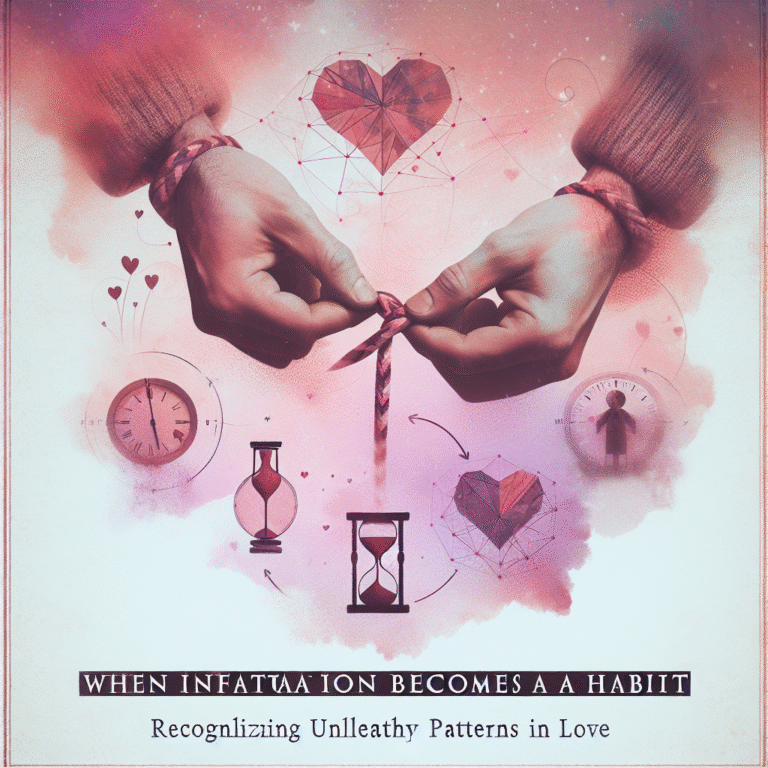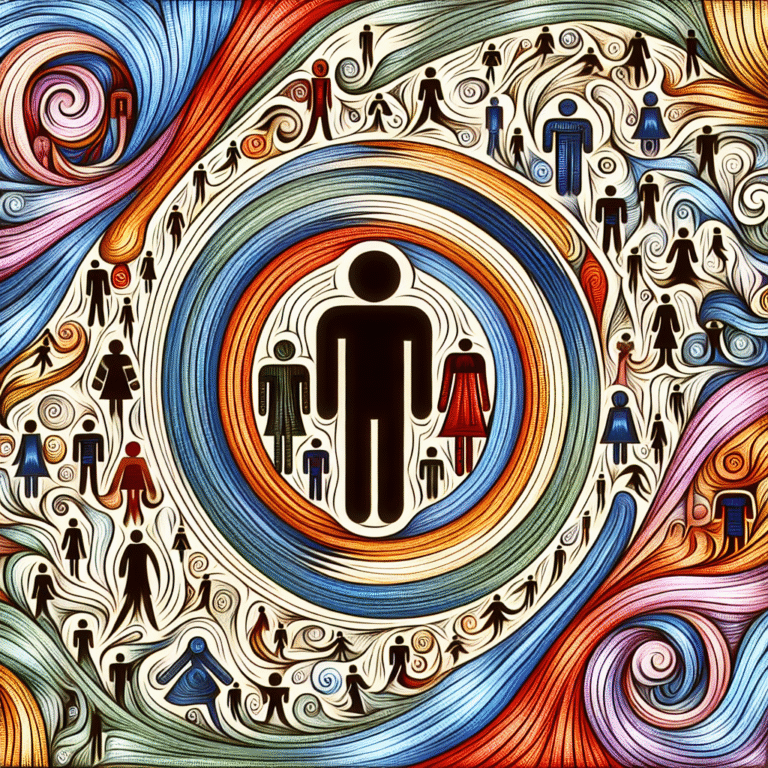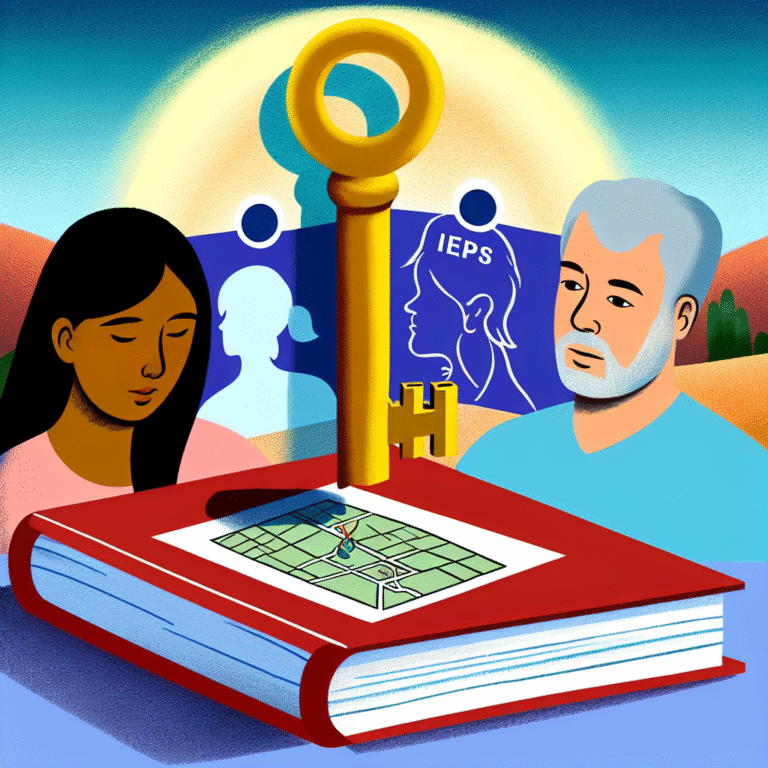
Introduction
In a world where relationships are often complicated and multifaceted, the key to lasting connections is simpler than we might think. Imagine if you had the ultimate tool to decode the emotional needs of your loved ones. What if understanding these needs could unlock deeper connections and resolve misunderstandings? This is precisely what the concept of love languages offers. By embracing the principles behind love languages, you can significantly transform your relationships, leading to enhanced communication, deeper intimacy, and more fulfilling interactions. In this article, we’ll dive into how understanding love languages can act as a catalyst in unlocking connection and harmony in every relationship, from romantic to platonic and familial ties.
The Concept of Love Languages
Coined by Dr. Gary Chapman in his bestselling book, The Five Love Languages, the idea revolves around the notion that everyone has a unique way of expressing and receiving love. Chapman identifies five distinct languages: Words of Affirmation, Acts of Service, Receiving Gifts, Quality Time, and Physical Touch. Each language represents a different way individuals feel loved and appreciated.
The Five Love Languages
Words of Affirmation: This language encompasses verbal expressions of love, appreciation, and encouragement. Individuals who favor this language thrive on positive affirmations and heartfelt words.
Acts of Service: For some, actions speak louder than words. Acts of service relate to doing something helpful for another person, demonstrating love through tangible efforts.
Receiving Gifts: The act of giving and receiving gifts serves as a powerful emotional connection for many. It’s not about the monetary value of the gift but the thought and effort behind it.
Quality Time: This love language emphasizes the importance of undivided attention. Spending meaningful time together, engaging in conversations, and shared activities enhance connection.
- Physical Touch: This language highlights the significance of physical interaction—hugs, kisses, cuddles, and any form of physical contact that conveys love and warmth.
Understanding these love languages—"Unlocking Connection: How Understanding Love Languages Transforms Relationships"—is an essential part of nurturing both personal and professional relationships.
How Love Languages Impact Relationships
Case Study: Reviving a Fading Romance
Consider Sarah and James, a couple who had been married for several years. Over time, they found their relationship drifting. Constant misunderstandings began to erode their connection. After discovering love languages, they realized that while James expressed his love through Acts of Service—like cooking meals for Sarah—she craved Words of Affirmation more than anything else.
By communicating their needs and making conscious efforts to speak each other’s love languages, their romantic relationship blossomed again. James started giving Sarah more compliments, while Sarah began to appreciate James’s efforts more openly, leading to a revitalized connection.
Analysis
This case study highlights a common issue in relationships: the failure to recognize differing needs. By understanding how love languages operate, individuals can learn to express their affection in ways that resonate with their partners, significantly transforming interpersonal dynamics.
The Connection to Friendship
Not just for romantic partners, the principles of love languages can apply to friendships as well. Consider a group of friends where each member expresses love differently.
Case Study: Bonding Through Differences
In a friend circle, Mia often brought gifts for everyone during group outings, showcasing her love through Receiving Gifts. However, her friend Alex preferred Quality Time—rarely feeling appreciated when gifts were exchanged. Once they both learned their love languages, Mia started planning more quality activities, while Alex made sure to express gratitude for Mia’s thoughtful gifts during their hangouts.
Analysis
This adjustment not only enhanced their friendship but also enriched their entire group dynamic, demonstrating how "Unlocking Connection: How Understanding Love Languages Transforms Relationships" can extend beyond romantic ties into various social circles.
The Science Behind Love Languages
What makes love languages an effective framework is the underlying psychological principle of emotional needs. Research in psychology emphasizes that fulfilling emotional needs leads to healthier relationships. According to a study published in The Journal of Social and Personal Relationships, couples who expressed appreciation and engaged in their partner’s love language experienced higher relational satisfaction.
Graph: The Impact of Love Languages on Relationship Satisfaction
| Love Language | Percentage of Positive Impact on Relationship Satisfaction |
|---|---|
| Words of Affirmation | 25% |
| Acts of Service | 30% |
| Receiving Gifts | 20% |
| Quality Time | 15% |
| Physical Touch | 10% |
Understanding love languages encourages individuals to focus on what truly matters to their loved ones, transforming interactions and leading to deeper emotional connections.
Practical Steps to Discovering and Implementing Love Languages
Step 1: Self-Exploration
Before engaging with others, it’s helpful to reflect on your love language. Consider how you express love naturally and what makes you feel appreciated. This self-awareness can be pivotal.
Step 2: Communicate Openly
Once you have an understanding of your own love language, initiate a conversation with your partner or friends. Discuss your findings and encourage them to share theirs. This step builds a foundation for mutual understanding and respect.
Step 3: Engage in Actions
Choose to act on your findings. For instance, if your partner’s primary love language is Acts of Service, consider taking on tasks that would relieve their stress. Conversely, convey affection in your love language to create reciprocity.
Step 4: Reassess and Adjust
Relationships evolve. It’s essential to revisit the love languages conversation periodically. As individuals grow and change, their needs may also change. Open communication ensures adaptability in your connections.
Step 5: Share Resources
Reading books or attending workshops together on love languages can also deepen your understanding and commitment to these principles.
Overcoming Obstacles in Understanding Love Languages
Understanding love languages isn’t always straightforward. Misconceptions and miscommunications can arise, leading to conflict rather than connection.
Common Challenges
- Different Languages: Partners or friends might have contrasting love languages that lead to feelings of neglect.
- Lack of Awareness: Not everyone is familiar with the concept of love languages, so enthusiasm may not always be shared.
- Underestimating Efforts: When one partner makes an effort that the other doesn’t acknowledge, it can lead to frustration.
Solutions
- Regular Discussions: Routine check-ins about each other’s feelings can prevent misunderstandings from escalating.
- Educate: Consider introducing the concept of love languages through shared resources, ensuring everyone is on the same page.
- Celebrate Small Wins: Acknowledge the efforts made by loved ones, however minor. Validation can reinforce positive behavior.
Conclusion
"Unlocking Connection: How Understanding Love Languages Transforms Relationships" is not just a theoretical concept; it offers practical, actionable strategies that can lead to deep, fulfilling connections. By recognizing and adapting to different love languages, relationships can flourish like never before. Whether it’s reinvigorating a romantic partnership, strengthening friendships, or enhancing family bonds, the capabilities of love languages are vast and transformative.
By embarking on the journey of discovering and implementing love languages, you hold the power to reshape your interactions and foster resilient, meaningful connections. As relationships are the fabric of our lives, investing in understanding how different people perceive and express love is an investment in happiness and emotional well-being.
FAQs
1. What are the five love languages?
The five love languages identified by Dr. Gary Chapman are: Words of Affirmation, Acts of Service, Receiving Gifts, Quality Time, and Physical Touch. Each represents a unique way individuals express and receive love.
2. How do I find out my love language?
You can discover your love language by reflecting on how you express love toward others, what makes you feel appreciated, and considering taking a love languages quiz available online or in Chapman’s book.
3. What if my partner and I have different love languages?
It’s common for partners to have different love languages. Open communication about your needs, and making a conscious effort to express love in ways that resonate with each other can bridge this gap.
4. Can love languages change over time?
Yes, love languages can evolve as individuals grow and change. Regularly discussing your love languages helps keep the connection strong.
5. How can I improve my relationship using love languages?
By understanding your love language and that of your partner or loved ones, you can express love in ways that resonate deeply with them, improving communication and connection. Start by prioritizing their language and seeking to implement it in your interactions.
By integrating these perspectives and insights, you can take real steps toward transforming your connections and improving the overall quality of your relationships. Understanding love languages is truly the key to unlocking a deeper sense of connection with those around you.















